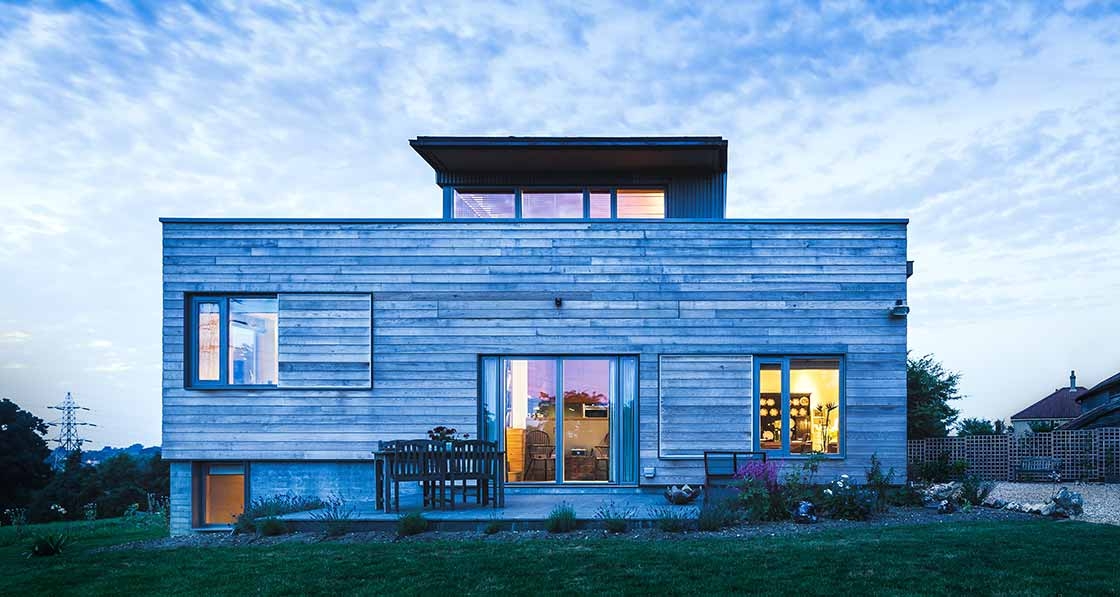The housing crisis - what is to be done?
Almost a decade after the economic crash, every political party in Ireland now recognises the country is in the middle of a full-blown housing crisis. Similar problems exist in the UK market, but for different reasons. Now, if the political will to fix things has finally arrived, the question remains — what can actually be done about it?

























